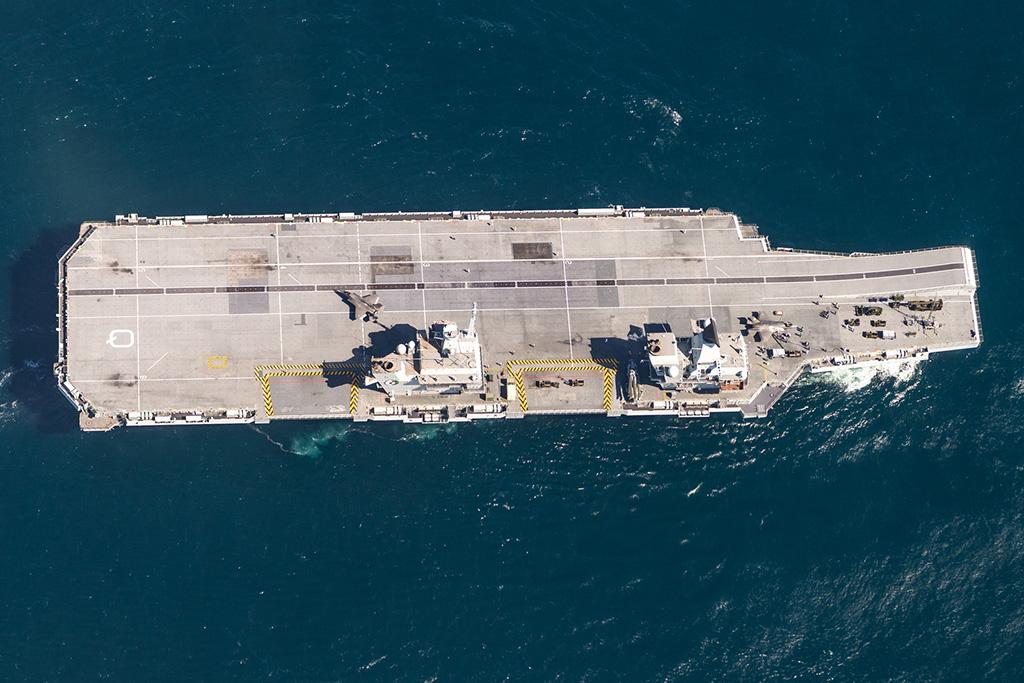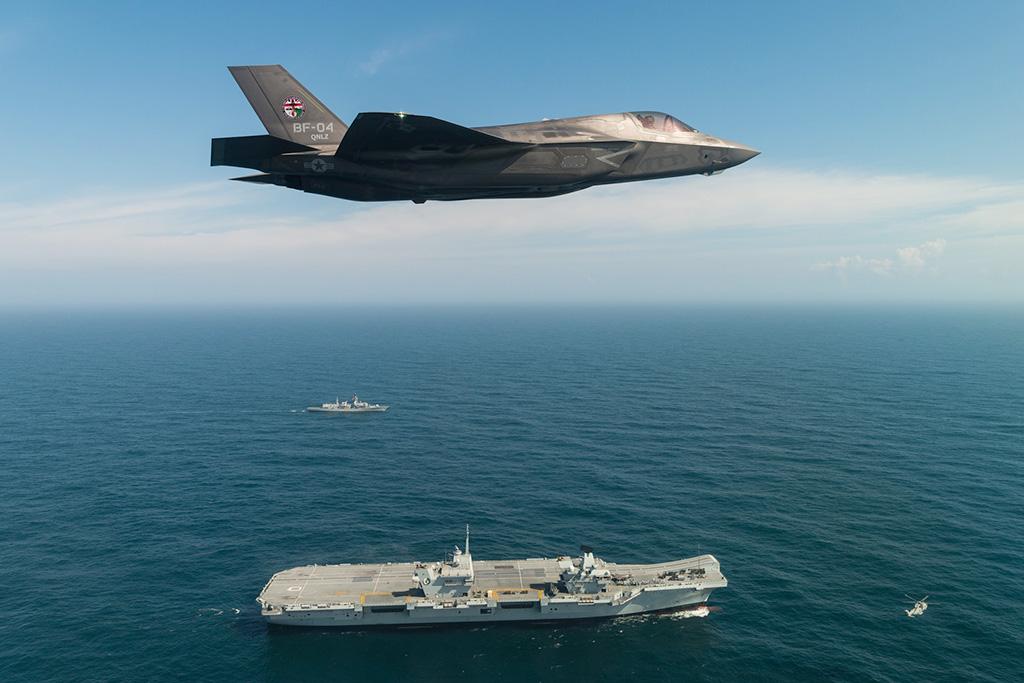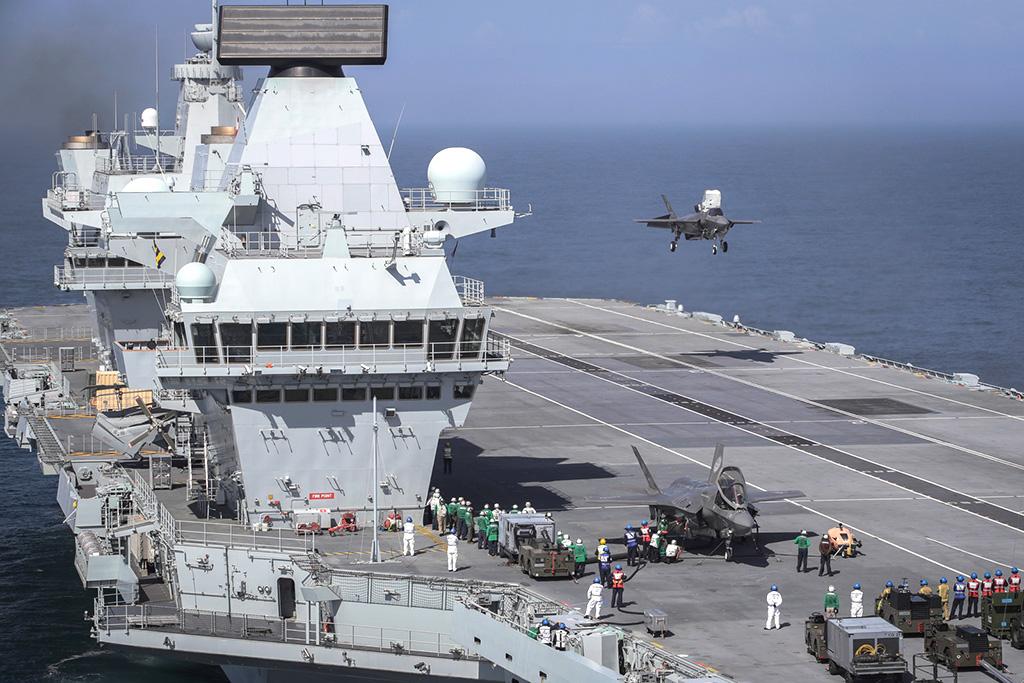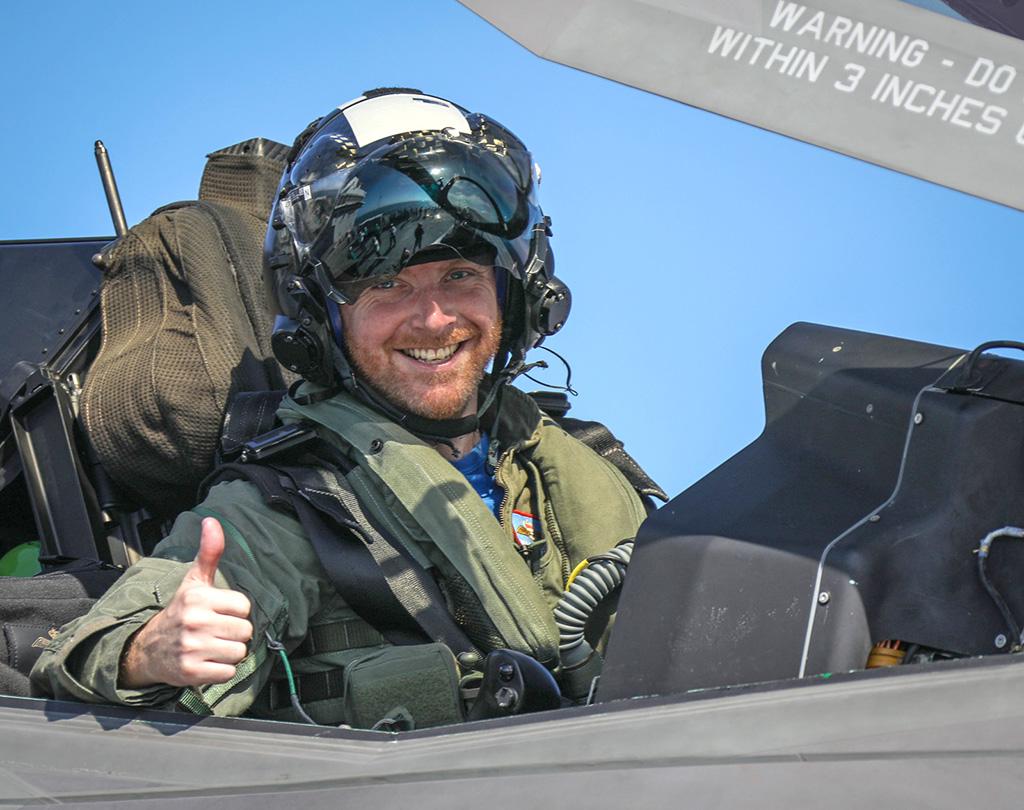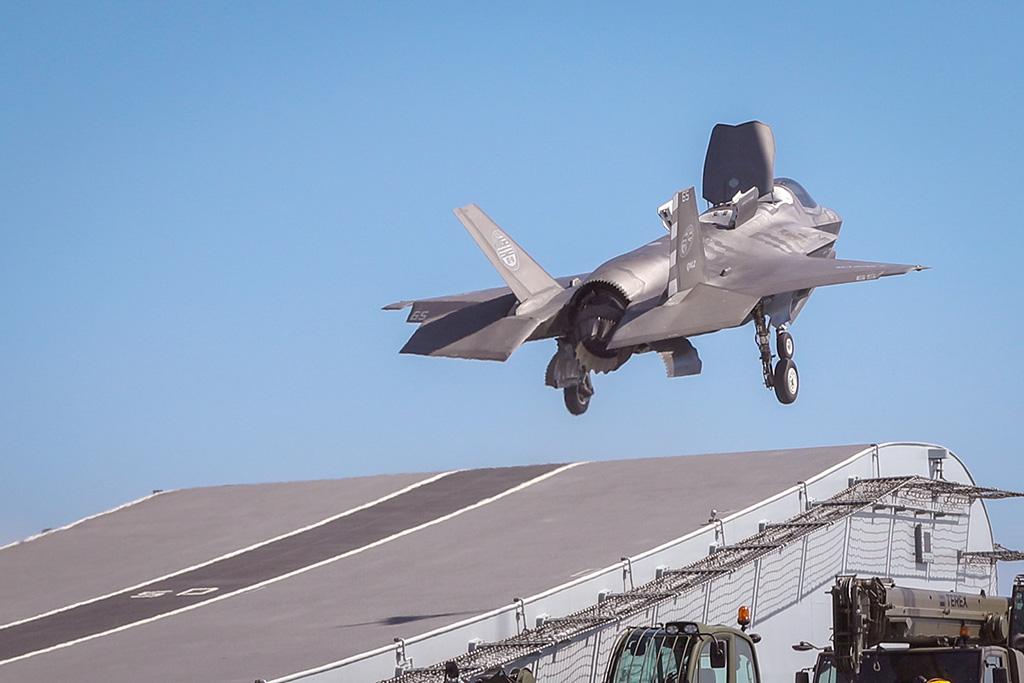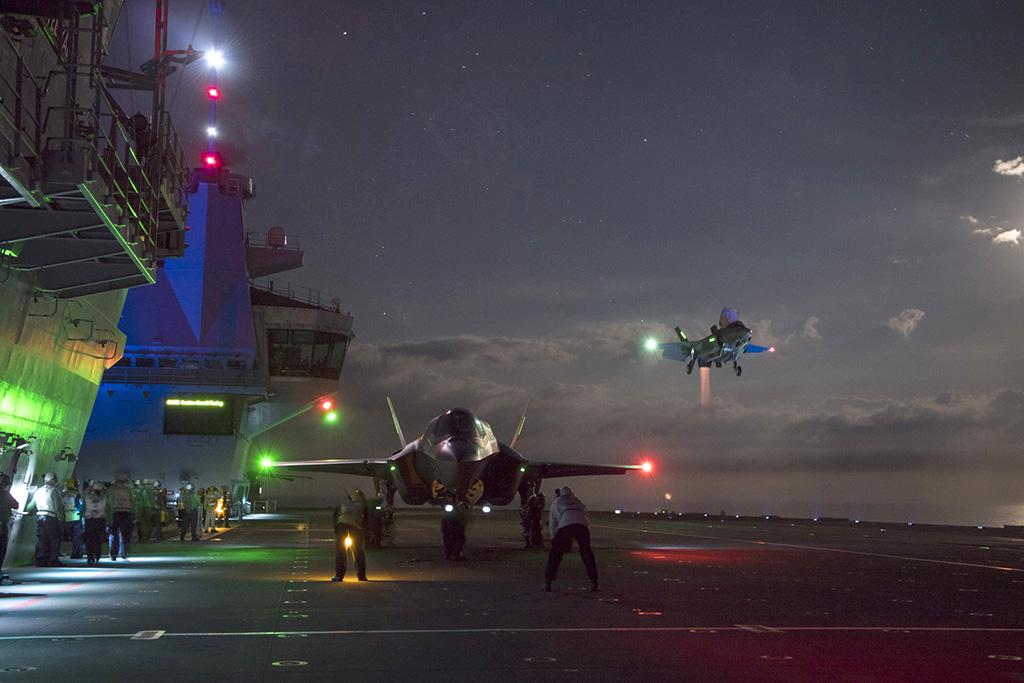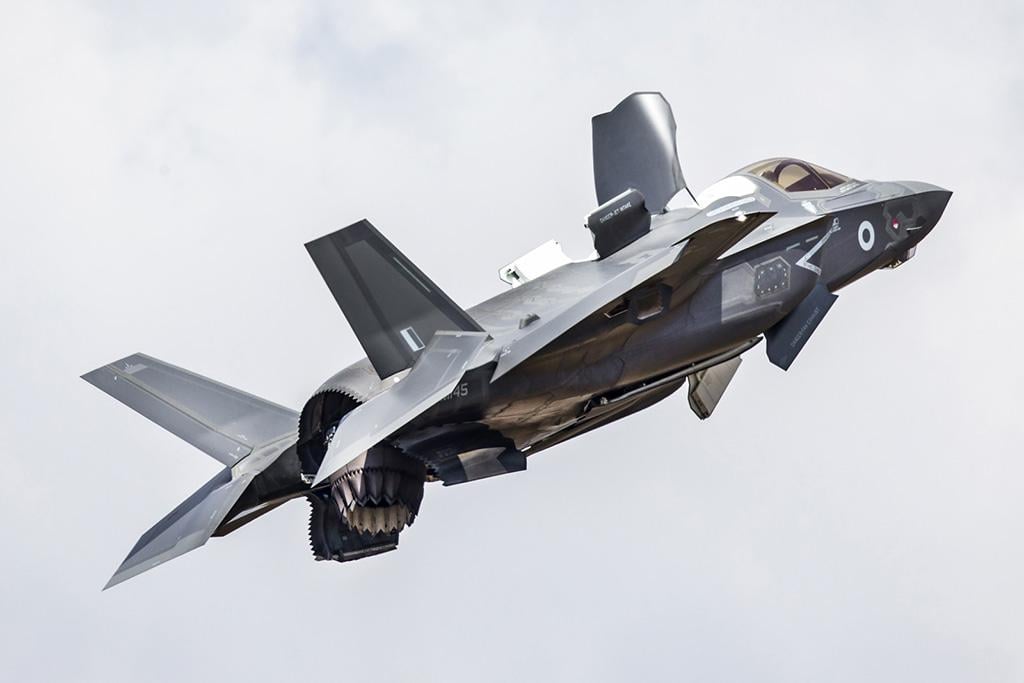Britain has begun its long-awaited carrier trials, which will see the new 65,000-ton Queen Elizabeth-class ship operating with the Lockheed Martin F-35B Lightning II aircraft for the first time. The carrier is currently performing the trials off the Eastern Seaboard of the U.S. with aircraft from U.S. Naval Air Systems Command and flown by test pilots from the Royal Navy, Royal Air Force, U.S. Marine Corps and industry partner BAE Systems. More than 500 takeoffs and landings are planned over the next 11 weeks, while a third trial period is planned for 2019.
- Market Sector
- Markets
- Marketplace
- Services
-
Store
-
Market Sector
- Type View All Products
-
- Events
- About
